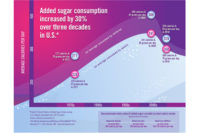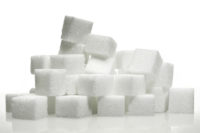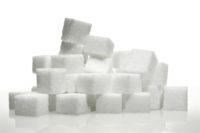Described by some as “toxic” and compared to tobacco in terms of the danger it poses to public health, sugar—especially white granulated sugar—has been pegged as the culprit when it comes to obesity, heart disease and rising rates of diabetes. A growing number of consumers are voicing concern over the amount of sugar and sweeteners in their food with 72 percent of US adults agreeing with the statement “kids eat too much sugar” and 66 percent agreeing “adults eat too much sugar,” according to a recent survey conducted by market analyst Packaged Facts.
According to researchers, despite this negative opinion, Americans still have a sweet tooth. When it comes to sugar and sweetener purchases for home use, some consumers are attempting to curb overall consumption and others are switching to types of sugar and alternate caloric sweeteners perceived as offering positive benefits, such as less refined, organic, or non-GMO sugar, honey and, more recently, coconut sugar. Honey is experiencing strong sales and volume growth. In a Packaged Facts online survey, 28 percent of consumers reported increasing their honey use over the past year or two. As a result of honey's growing popularity, consumers are becoming more interested in a wider range of varietals and different forms, such as comb honey, whipped, and more spreadable types.
Packaged Facts online survey found that 41 percent of consumers reported increasing their use of agave over the last year or two. It’s popularity grows as additional flavors are introduced for specific uses, such as maple flavored for pancakes and waffles along with Irish crème and hazelnut flavors used in coffee and tea. While some consumers perceive agave to be more healthful than other choices, this researchers say this sweetener faces concerns from health professionals about its very high fructose content and association with inflammation. Consumer sentiment about zero calorie sweeteners continues to be negative though use appears to be growing with options like natural stevia and monk fruit available.
More on the Packaged Facts study can be found here.




